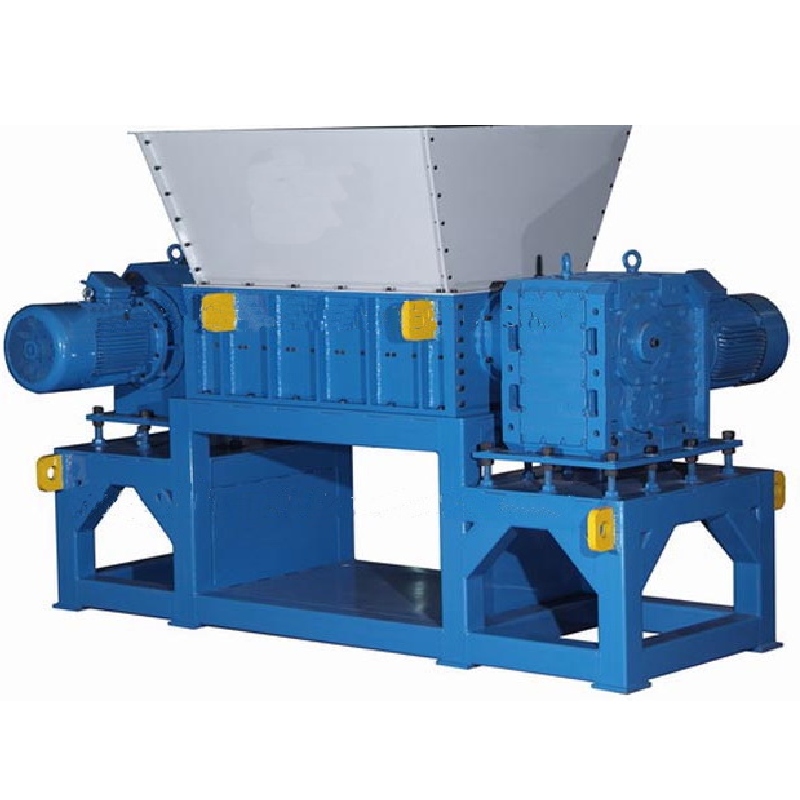

نوفمبر . 01, 2024 07:05 Back to list
Design of Double Shaft Shredder
In the realm of waste management and recycling, the double shaft shredder stands out as an essential piece of equipment designed for the processing of various materials. This machine operates on a simple principle two parallel shafts rotate in opposite directions, equipped with sharp blades that tear apart the material fed into the machine. This article delves into the intricacies of double shaft shredder design, highlighting its components, functionality, and applications.
Components of Double Shaft Shredder
A typical double shaft shredder consists of several key components that work in unison to achieve optimal shredding results. The primary components include the shredder housing, two contra-rotating shafts, shredding blades, and a power unit. The housing is a robust frame that encases the shredding components and prevents debris from escaping during operation. The shafts, often made of high-strength steel, are equipped with specially designed knives or blades that are capable of handling various materials, from plastics and rubber to metals and wood.
The design of the blades is critical for efficient shredding. They are often arranged in a staggered configuration, allowing for continuous material feed and preventing clogging. Additionally, the blades may vary in size and shape, which can be customized to fit specific shredding needs. The power unit, usually an electric motor or a hydraulic system, drives the shafts, providing the necessary torque to shred even the toughest materials.
Functionality and Efficiency

The double shaft shredder's operation is straightforward but highly effective. When material is fed into the shredder, the rotating shafts pull the material in and pass it between the blades. As the blades cut, tear, and shear the material, it is reduced to smaller, manageable pieces. The design facilitates a consistent output size, which is essential for downstream processing, whether that involves recycling, landfill disposal, or energy recovery.
One of the significant advantages of dual shaft shredders is their ability to handle a wide range of materials without frequent adjustments. Their robust design allows them to tackle contaminated materials, mixed waste, and more, making them an ideal choice for recycling facilities, demolition sites, and industrial applications. Moreover, the low operational speed of the shafts reduces noise and dust, contributing to a cleaner working environment.
Applications
Double shaft shredders are employed across various sectors due to their versatility. In recycling, they are used to process plastics, paper, metals, and e-waste, enabling efficient recovery of materials. In the industrial sector, they can handle oversized waste, scrap metal, and rubber products from manufacturing processes. Furthermore, they are increasingly being utilized in organic waste management for composting purposes, as they can effectively break down large volumes of food and yard waste.
Conclusion
In conclusion, the design of double shaft shredders plays a crucial role in the effective management of waste and recycling processes. Their robust construction, efficiency, and versatility make them indispensable in numerous applications. As waste management continues to evolve, innovations in shredder design will undoubtedly enhance their functionality and effectiveness, driving progress in sustainable practices worldwide.
Latest news
Troubleshooting Common Eddy Separator Problems
NewsJul.04,2025
The Role of Metal Recycling Plants in Circular Economy
NewsJul.04,2025
The Impact of Recycling Line Pickers on Waste Management Costs
NewsJul.04,2025
Safety Features Every Metal Shredder Should Have
NewsJul.04,2025
How Industrial Shredders Improve Waste Management Systems
NewsJul.04,2025
How Cable Granulators Contribute to Sustainable Recycling
NewsJul.04,2025